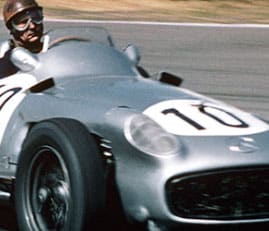Sebring
Sebring has been one of the most famous names in American racing ever since the concrete runways of this World War II airfield (where pilots had trained on B-17 Flying Fortresses) were first used in 1950.
Circuit
Select a year
Type
Temporary road course
Length
3.74 (Miles)
Change
Second pitlane added for 1000 miles of Sebring
Fastest Race Lap
Sebastien Bourdais (Peugeot 908 HDi), 1m43.274, 130.372 mph, ALMS Sports Cars, 2009
Fastest Qualifying Lap
Allan McNish/Tom Kristensen/Rinaldo Capello (Audi R10 TDi), 1m43.195, 130.472 mph, ALMS Sports Cars, 2008 (grid decided by practice times after qualifying declared null and void)





